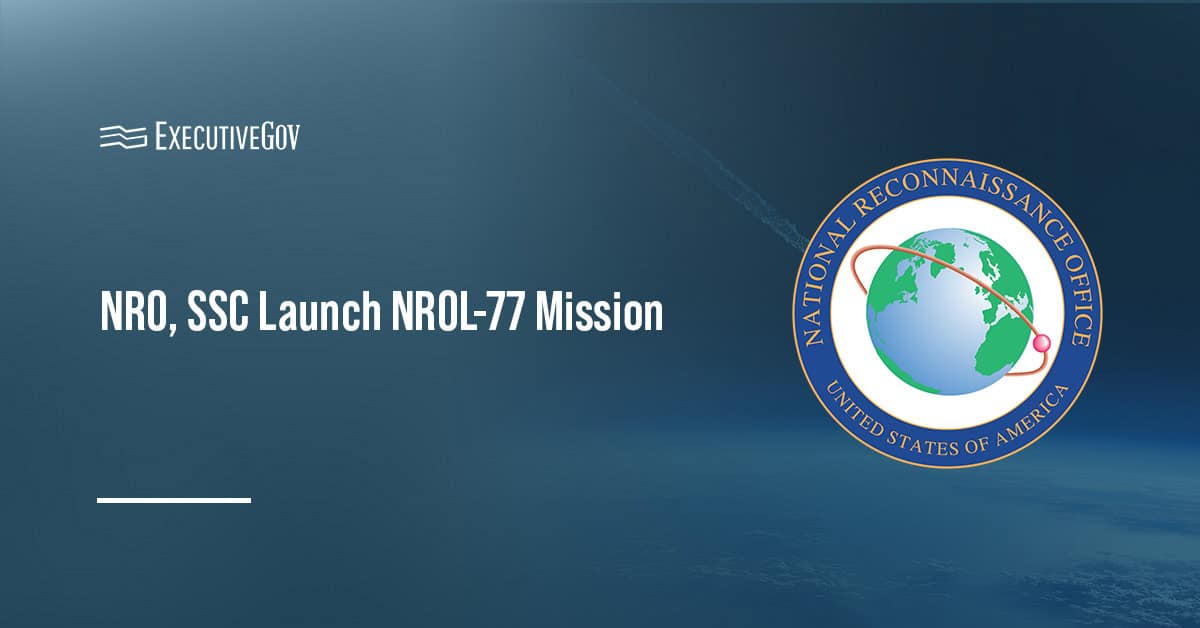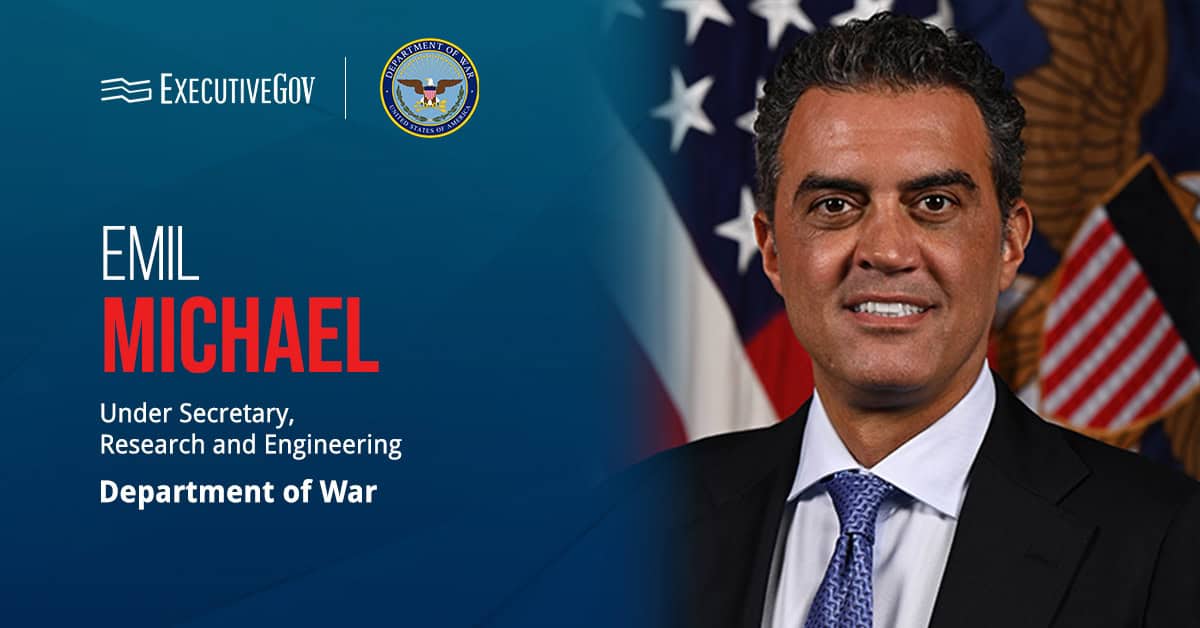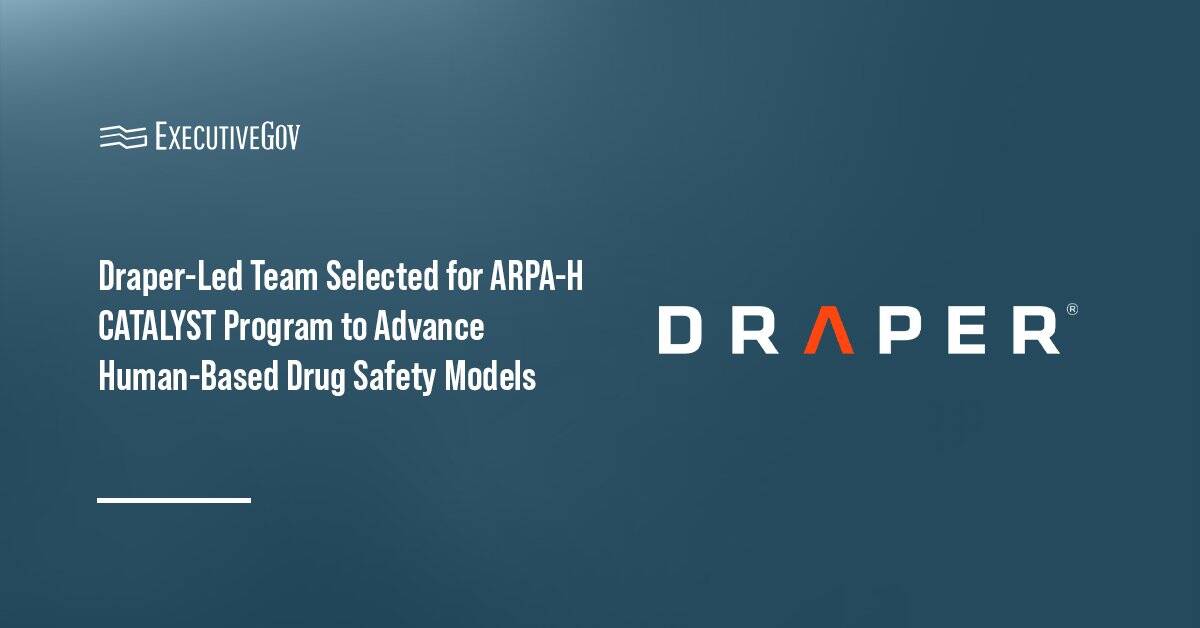The Strategic and Spectrum Missions Advanced Resilient Trusted Systems (S2MARTS) contract vehicle now has the authority to execute research projects outside of an existing prototyping agreement.
The S2MARTS other transaction agreement can now accommodate both prototyping and basic, applied or advanced research projects through the 2371 authority, NSTXL, which manages the OTA, said Wednesday.
“Adding the 2371 authority is really exciting because this gives our clients the unique ability to advance from research to production all under one OTA vehicle,” said Brooke Pyne, director of S2MARTS.
Naval Surface Warfare Center Crane Division strategically consolidated research and prototyping into a single program to allow for a natural transition between the two phases.
NSTXL is offering free memberships under the S2MARTS research program to interested innovators, including new ones.





